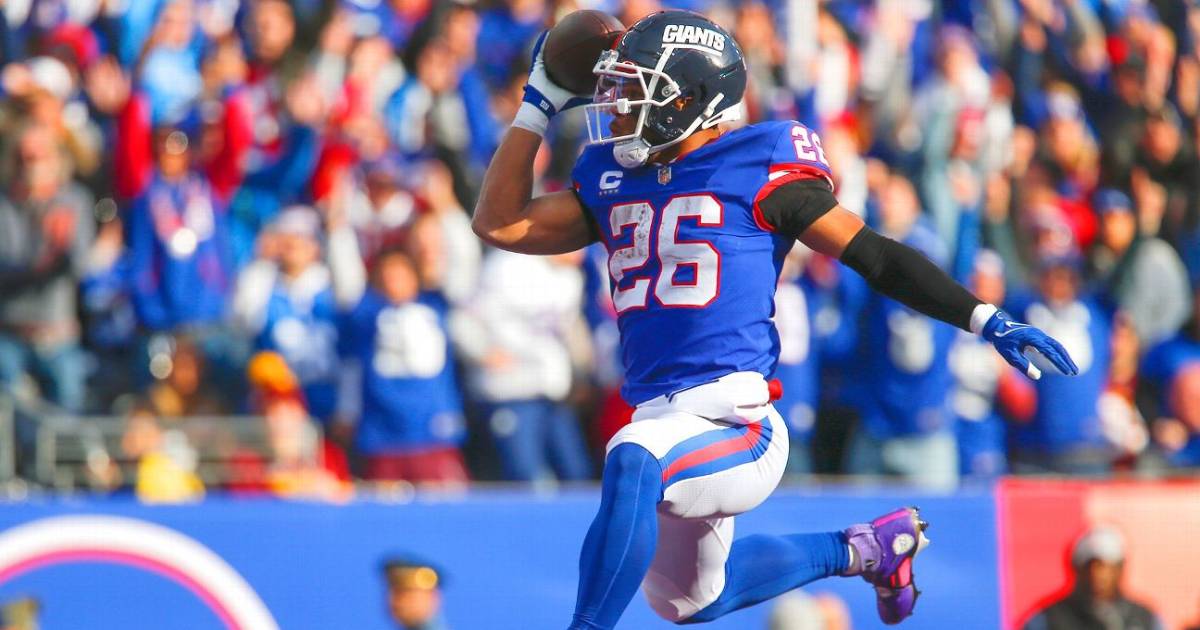That’s all she wrote! The 2022 season is in the books with Colombia eking out a 6-point victory over Ireland in the league’s inaugural championship.
What’s next? As the DFL enters its first official offseason, there are likely questions about next steps. The league is currently in its one-week “roster cleanup” period. Here’s what you need to know.
Valid Season-ending Rosters
All DFL active rosters must abide by the following two criteria to close the season:
- All Active Rosters must have exactly 20 players (no more, no less).
- All Active Rosters must not exceed the league’s $100 million salary cap.
Any player left on a team’s Injured Reserve portion of their roster at the conclusion of the “roster cleanup” week will be cut loose and become a free agent, whether that player is still under contract or not. And a player who is under contract with a team who is not on that team’s Active Roster at that point will cost the team a cap hit.
What do I do with my extra cash?
Teams that have cash remaining at the end of the season can use that to restructure contracts on their roster.
To restructure a contract, essentially what you are doing is “front-loading” a contract. What that means is you are taking salary from a future year of the contract and applying it to the current year.
For instance, let’s say Team A has $3 million in cash remaining and they want to restructure Player X’s contract. Player X has a contract of:
- 2022: $5.0
- 2023: $5.0
- 2024: $5.0
Team A can take $3 million of Player X’s 2024 salary and apply it to 2022. Or, they could take $2 million from 2024 and $1 million from 2023 and apply it to 2022. Either of these two examples is a valid contract restructure:
- 2022: $8.0
- 2023: $5.0
- 2024: $2.0
or:
- 2022: $8.0
- 2023: $4.0
- 2024: $3.0
Rules for a Contract Restructure
Restructuring a contract must abide by the following rules:
- You must have cash available for taking on extra salary in the current year. Obviously, if you have no cash, you can’t afford to pay that player extra money in the current year.
- You must have cap space available for taking on extra salary in the current year. If your team salary is already at the $100 million salary cap, you cannot take on any more salary in the current year, thus, you cannot restructure any contracts.
- Veteran contracts must always be even or front-loaded. (Veteran contracts are those signed during the Auction). What does this mean? It means each year of a player’s contract must be of equal or lesser value than the previous year. That means you can’t restructure Player X’s salary from the above example to: $5.0 (2022), $8.0 (2023), $2.0 (2024) because his 2023 salary would be more than his 2022.
- Rookie contracts (players who are selected in our league’s Draft) are the only contracts that are “ascending” (meaning they go up in value each year). You can still restructure rookie contracts, but you must reduce the final year of that player’s contract first until it equals the second-to-last year of his contract.
What’s coming next?
Coming down the pike, we have a rules voting period in February. The commissioner will be soliciting feedback from owners about desired changes or clarifications to rules and will be formulating a ballot to be completed in February.
After rules voting in February, beginning March 1 teams can apply franchise tags to players on their own rosters whose contracts have expired. There are three types of franchise tags: Exclusive Franchise Tags, Non-exclusive Franchise Tags, and Transition Tags. Teams can apply one of each of these tags each offseason. You can read more about franchise tags in our rule book or FAQs page.
The new league year begins June 1. At this point, all players under contract for the upcoming season are fully paid their 2023 salaries. Meaning, any player cut after June 1 will already count against a team’s cap for the 2023 season.
